
Antikythera wreck
The remains of this ancient merchant ship that sank near the Greek island of Antikythera at the beginning of the 1st century BC, were accidentally discovered during an expedition in 1900. Interestingly, divers initially mistook numerous bronze and marble statues for corpses.
After two years of excavation, led by archaeologist Valerios Stais, the Antikythera mechanism, an ancient mechanical watch, was found. Nowadays, the discovery is exhibited annually in halls of the National Archaeological Museum in Athens together with numerous small artifacts. The study of this device continues 118 years on. Some scientists believe that the Antikythera mechanism is an ancient hand-powered Greek analogue computer.
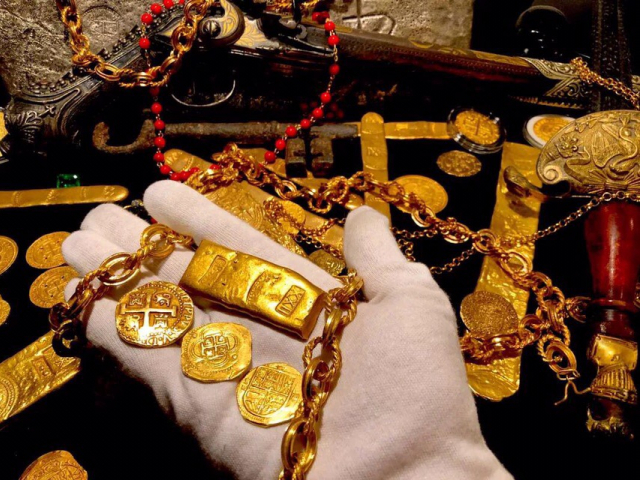
Nuestra Señora de Atocha
Nuestra Señora de Atocha, a Spanish galleon loaded with copper, tobacco, weapons, gold, silver, and jewels, sank in 1622 in a hurricane off the coast of Florida. The vessel was supposed to deliver valuable cargo to Spain and ease the country's terrible state in the exhausting Thirty Years War. Unfortunately, the ship went underwater together with 265 crew members.
The search for Nuestra Señora de Atocha, which lasted for almost 16 years, resulted in success in July 1985. The team of Mel Fisher, an American treasure hunter, raised artifacts worth some $450 million from the seafloor. After 8 years of legal battles, Fisher won the case and became the owner of all these remarkable relics.

Queen Anne's Revenge
This ship became famous after the release of Pirates of the Caribbean, a popular film series. At the time of its construction in 1710, the ship was named Concord and belonged to the British fleet.
This three-masted ship with a displacement of 300 tons, armed with 26 cannons, was captured by the pirate Edward Teach, better known as Blackbeard, in 1717. He improved the ship and renamed it Queen Anne's Revenge.
Together with the other ships of his flotilla, Teach robbed more than 40 vessels. However, in 1718, Queen Anne's Revenge ran aground off the coast of North Carolina, and then sank at Topsel Bay near Beaufort Inlet.
In April 2012, the ship was discovered by American archaeologists. At the moment, more than 30 guns and 250 thousand artifacts have been raised from the depths.
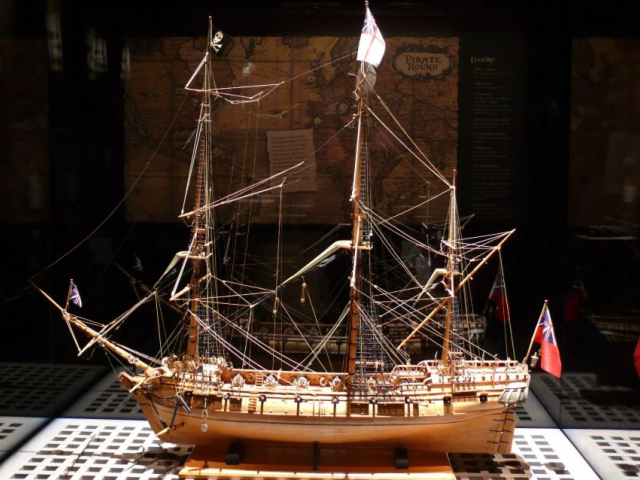
Whydah Gally
Whydah Gally was a British galley ship named after the center of the slave trade of that time. Whydah was laid down in 1715. At the beginning, the ship was used to quickly transport slaves from Africa. In 1717, on the return trip to England, the pirate Black Sam Bellamy captured Whydah Gally loaded with countless treasures.
A year later, the converted ship was caught in a gale. The storm grounded the ship on a sandbar and capsized it. Almost all of the ship’s crew (along with the captain) died under the cannons and on the reefs.
In 1982, the wreck of the richest pirate in history (according to Forbes, Sam Bellamy’s fortune amounted to $132 million nowadays) was discovered by Barry Clifford, an American underwater archaeological explorer. Many historically valuable pirate relics and 4.5 tons of treasures worth $6–8 million were raised from the underwater of the Cape Cod.
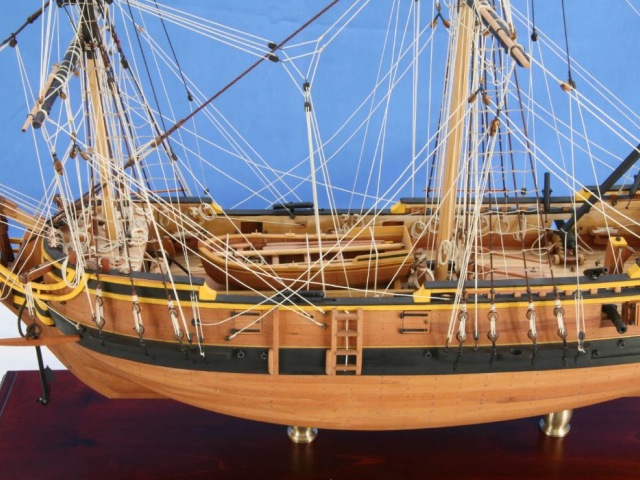
La belle
La Belle was a French ship that sunk in a storm in 1684 during the expedition of Robert Cavellier de la Salle. La Salle's flagship was discovered in 1995 by maritime archaeologists.
Robert de la Salle was a French explorer that served in the court of Louis XIV. He claimed the territories from the Great Lakes in the north to the Gulf of Mexico in the south for France. La Salle also intended to colonize Louisiana with 300 settlers on board of La Belle. However, it was an ill-fated mission, as the explorer mistook Matagorda Bay on the Texas coast for the Mississippi River. Consequently, La Belle was shipwrecked.
The skeleton of the sunken ship was renovated. Moreover, very rare and valuable artifacts were lifted from the bottom of the bay, including tools, goods for sale, weapons, and personal items.
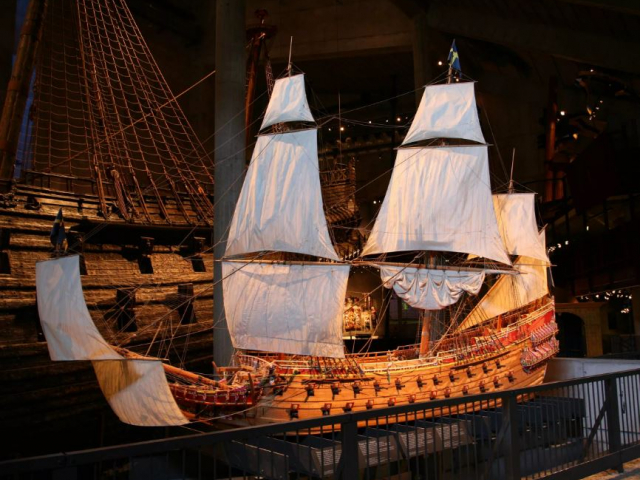
Vasa
Vasa was a warship named after the dynasty of Swedish kings that reigned at that time. The vessel was laid down in the harbor of Stockholm in 1628. Interestingly, due to design errors, the Swedish flagship, the largest and heavily armed ship of its time, sank to the bottom of the same harbor.
In 1961, Vasa, richly decorated with gilded and colored carved sculptures, was lifted and subsequently renovated. Despite a 333-year stay under water, it was perfectly preserved. Nowadays, the royal ship is exhibited in a separate museum in Stockholm.
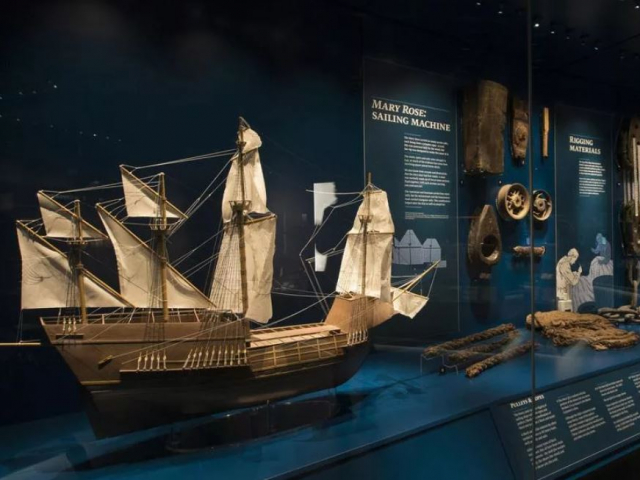
Mary Rose
The Mary Rose was a warship laid down in Portsmouth in 1510. The ship was considered to be the pride of the English navy during the Tudor era. Supposedly, this three-decked carack got its romantic name in honor of Henry VIII’s favourite sister, Mary Tudor, and the Tudor Rose symbol.
After 35 years, while preparing for the battle with the French galleys, the ship loaded with artillery (there were 91 guns on board at the time of the ship’s sinking) heeled over and went down with most of the crew and the captain. In calm weather, it went under water for 2-3 minutes. Only 35 crew members survived out of 700 people who were on board at that moment.
The skeleton of the legendary warship was discovered in 1965 by the English historian Alexander McKee. In 1982, the wreck was finally raised from depths after lying underwater for more than 400 years. Numerous artifacts are currently on display at the Mary Rose Museum in Portsmouth.

Belitung shipwreck
This ancient Arab merchant ship sank in a dangerous strait between the islands of Sumatra and Borneo off the coast of modern Indonesia. This happened more than 1200 years ago. The wreck loaded with treasures was accidentally found in 1998. The discovery of the ship is considered to be one of the most significant events of modern history.
All artifacts - that is, 63 thousand items of gold, silver and ceramics, including the biggest gold cup of that time, were made during the reign of the Tang Dynasty (7-9 centuries). In 2005, Indonesia sold the monuments of ancient culture for $30 million to Singapore.
This finding confirms the fact that, during the Tang Dynasty, China and the Middle East countries to the west of the Indian Ocean were engaged in trade along the Silk Road.
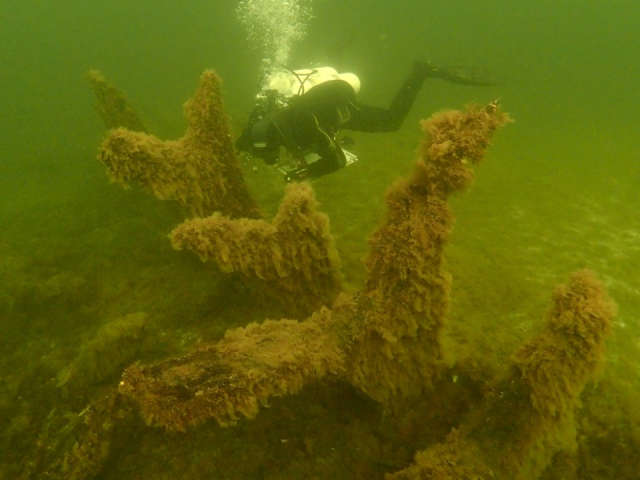
Gribshunden
Gribshunden or Griffin-Hound was a Danish medieval warship which sank near the southern coast of Sweden. Gribshunden was the flagship of John, King of Denmark. The ship caught fire and sank while docked in the bay near the Swedish city of Ronneby.
Gribshunden was discovered back in the 1970s. However, research started only in 2013. Since 2001, many interesting and valuable artifacts, including personal items, clothing, and early firearms, have been lifted from the wreck.
Interestingly, Christopher Columbus used similar ships in his voyages to America. Such vessels were built according to the latest technologies of that time: their hulls were carvel-built with planks being laid edge to edge instead of overlapping each other.
 Deutsch
Deutsch 
 Русский
Русский English
English Bahasa Indonesia
Bahasa Indonesia Bahasa Malay
Bahasa Malay ไทย
ไทย Español
Español Български
Български Français
Français Tiếng Việt
Tiếng Việt 中文
中文 বাংলা
বাংলা हिन्दी
हिन्दी Čeština
Čeština Українська
Українська Română
Română
